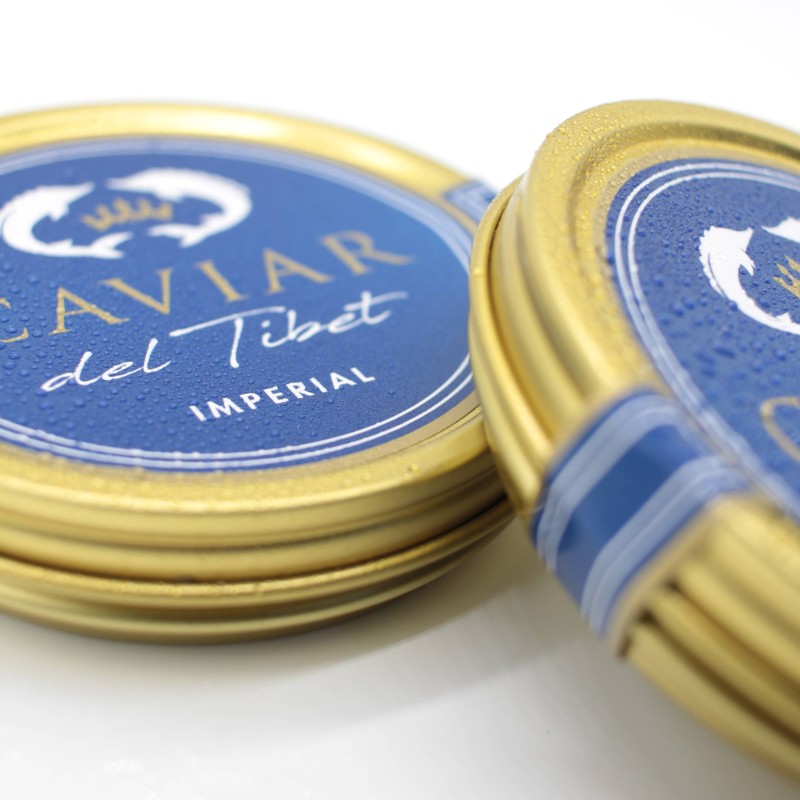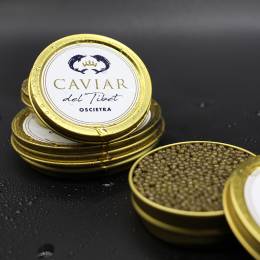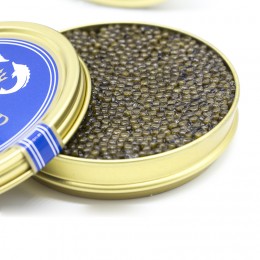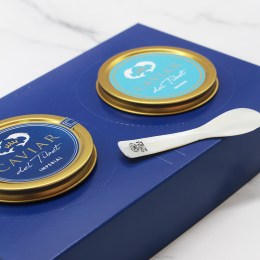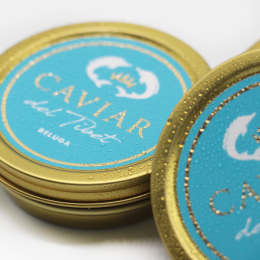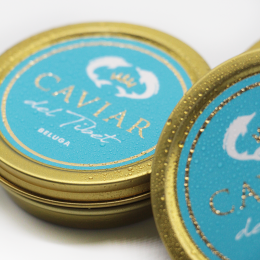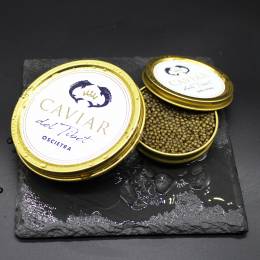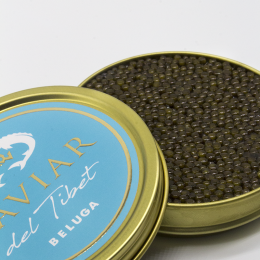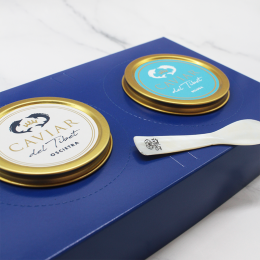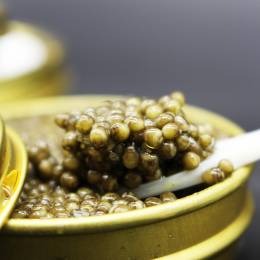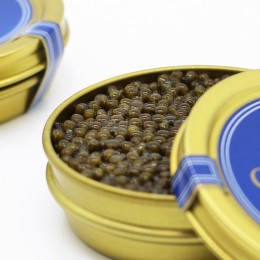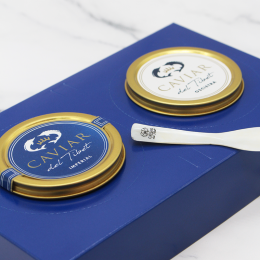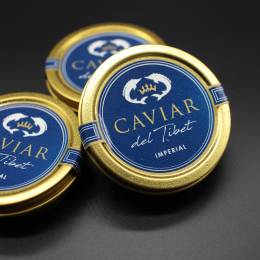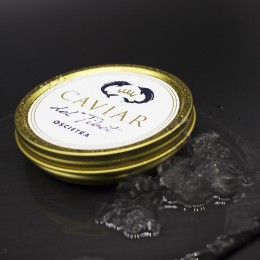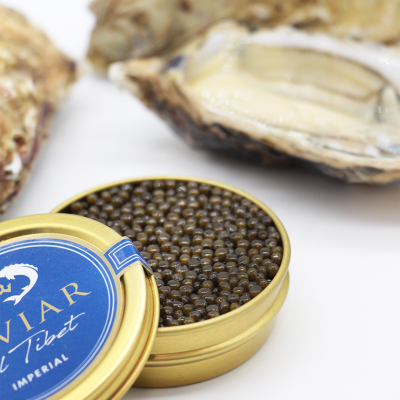What is caviar?
What we call Caviar is the unfertilised roe from female sturgeon. The sturgeon is one of the oldest species on the planet. For decades, wild sturgeons, originally from the Caspian Sea, were fished without any controls in place, leading to overfishing of the species to its near extinction.
At present, all caviar that’s legally consumed and marketed comes from natural water farms strictly adapted for the cultivation of sturgeon, similar to the natural conditions wild species would inhabit.
The CITES Convention (Convention on International Trade in Endangered Species of Wild Fauna and Flora) establishes a global network to control international trade in endangered wildlife species and their products, requiring the use of official permits to authorise their trade.
The objective of the CITES convention is to guarantee that international trade in animals (such as sturgeon) and wild plants is legal, sustainable, traceable and does not endanger their survival.
Caviar del Tíbet
Imperial Tibet Caviar is produced from the roe of the cross-species Acipenser Schrenckii and Huso Dauricus, a unique species that can be found in the waters of the Amur River on the border between China and Russia. The sturgeons are fed to maturity, between 10 - 12 years old, their roe being more than 3.2 mm in diameter, fresh and ripe, and selected and processed under a strict food handling process. The result is a product with a firm texture and an intense creamy flavour. The colour of the eggs varies from grey to golden yellow through the whole range of black/brown shades.
Caviar classification
Sturgeon contains up to ten different types of amino acids essential for the proper functioning of our bodies. There are more than ten different sturgeon species, each offering different types of caviar depending on the size, colour and flavour of the roe. In any case, caviar is a special product, prized for its quality and sublime flavour, which requires homogeneity in the size and colour of the roe. The bigger the size, the more flavour we get when it bursts on the palate.
Its colour, meanwhile, depends on the age of the sturgeon it comes from. Other aspects to assess the quality of the caviar are the shine and hardness of the skin. The shiny appearance of the roe is an indicator of its freshness and that correct storage processes have been used, while the skin should be just tough enough to burst on the palate, yet soft enough to melt in the mouth.
Caviar production
Our farms are located in areas rich in fresh spring water and without any pollution whatsoever. The magnificent environment and nature of the waters ensure high-quality sturgeon culture, which provides healthy and safe fish for caviar processing. The temperature of the natural waters is between 5 and 23°C. The water flows underground, pure and clean, without any kind of manipulation or industrial contamination. These waters ensure the sustainable development of this unique species.
Caviar del Tíbet production meticulously complies with traditional standards handed down by generations of master artisans and is backed by extensive research.
Caviar making is an art — from the sifting and washing process to its careful classification. And all this is done with a professional technical team and under strict quality controls in modern facilities. It’s selected according to size, colour and firmness, and is seasoned with sea salt following the traditional Iranian method, with a salinity of less than 3.5% to preserve and enhance its flavour.
Subsequently, packaging and conservation are carried out in cold rooms at temperatures of between -2 and 2°C. The final step in the process is tinning, in containers of 30, 50, 100, 250 and 500 g, which is how you’ll receive your product.
Caviar del Tíbet is tinned fresh, without any pasteurisation heat treatment. Pasteurisation extends the shelf life of the product to 5 or 6 months, but its quality and texture suffer considerably. For our product, the best-before date is approximately 50 days from packaging.
